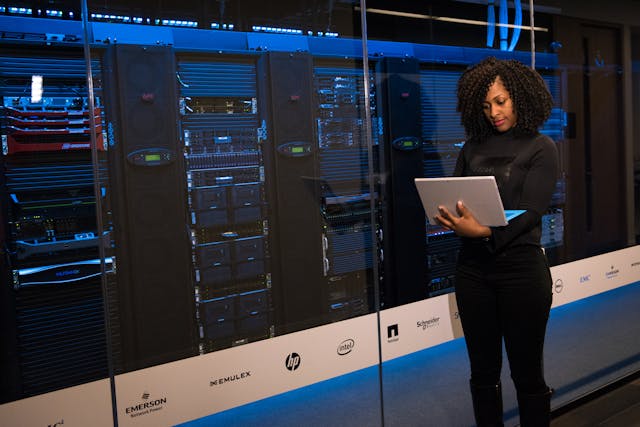When planning a data center location strategy, businesses must consider multiple factors, including proximity to users, energy costs, connectivity, and disaster risks. Among these, proximity plays a critical role in determining latency and operational expenses. Data centers are integral to the digital infrastructure that powers cloud computing, e-commerce, and digital services. Their locations can have far-reaching effects on performance, user satisfaction, and overall costs.
Houston data center operators, for example, have leveraged the city’s strategic location to provide low-latency services to businesses in the southern United States and Latin America. Proximity to these regions allows for faster data transfer speeds, which is critical for industries like finance, healthcare, and logistics that rely on real-time data processing. Additionally, Houston’s robust energy sector and relatively low electricity costs provide operational savings, making it an attractive hub for data centers. This highlights how choosing a location close to end-users and critical resources can create competitive advantages.
The Impact of Proximity on Latency
Latency, the delay before a transfer of data begins following an instruction, can significantly impact the user experience. Low latency is essential for applications like video streaming, online gaming, and financial transactions. When data centers are located closer to users, the physical distance the data needs to travel is reduced, leading to faster response times. A well-placed data center can make a noticeable difference in the quality of service, especially in densely populated areas where the demand for low-latency connections is high.
On the other hand, placing data centers in remote or less populated regions to save costs may increase latency, negatively affecting the user experience. Businesses with global operations often adopt a hybrid strategy, placing data centers in strategic urban locations while using regional or edge data centers to serve specific geographical zones. This reduces latency without significantly increasing operational costs.
Cost Implications of Location
Location-related costs are another critical factor in data center strategy. These costs include real estate, power, cooling, and network connectivity. Urban areas with high demand for low latency typically have higher real estate costs but offer better access to high-speed fiber networks and reliable power grids. Conversely, rural areas may offer lower real estate prices but could involve additional expenses for building infrastructure and ensuring connectivity.
Proximity to renewable energy sources is another consideration. Data centers consume enormous amounts of energy, and proximity to wind, solar, or hydroelectric power sources can significantly lower electricity costs and improve sustainability. For example, data centers located in the Pacific Northwest benefit from access to inexpensive hydroelectric power, while those in the Midwest may leverage wind energy.
Balancing Risk and Proximity
While proximity to users and resources is essential, risk factors such as natural disasters, political stability, and regulatory requirements must also be considered. Placing a data center in a region prone to hurricanes, earthquakes, or flooding can result in costly disruptions. In Houston, for instance, data centers must mitigate the risk of hurricanes and flooding through robust disaster recovery plans, elevated construction, and redundant power systems.
Businesses often employ a multi-location strategy to balance risk and proximity. By distributing data centers across diverse regions, they ensure redundancy and reduce the likelihood of downtime due to local disasters. This approach also helps businesses comply with data residency laws that require certain types of data to be stored within specific geographic boundaries.
The Role of Edge Computing
Edge computing is reshaping the traditional data center location strategy. By placing smaller, localized data centers closer to users, businesses can further reduce latency and improve performance for specific applications. Edge computing is particularly beneficial for IoT devices, autonomous vehicles, and smart cities, where real-time processing is essential. This complements larger, centralized data centers that handle more substantial workloads.
